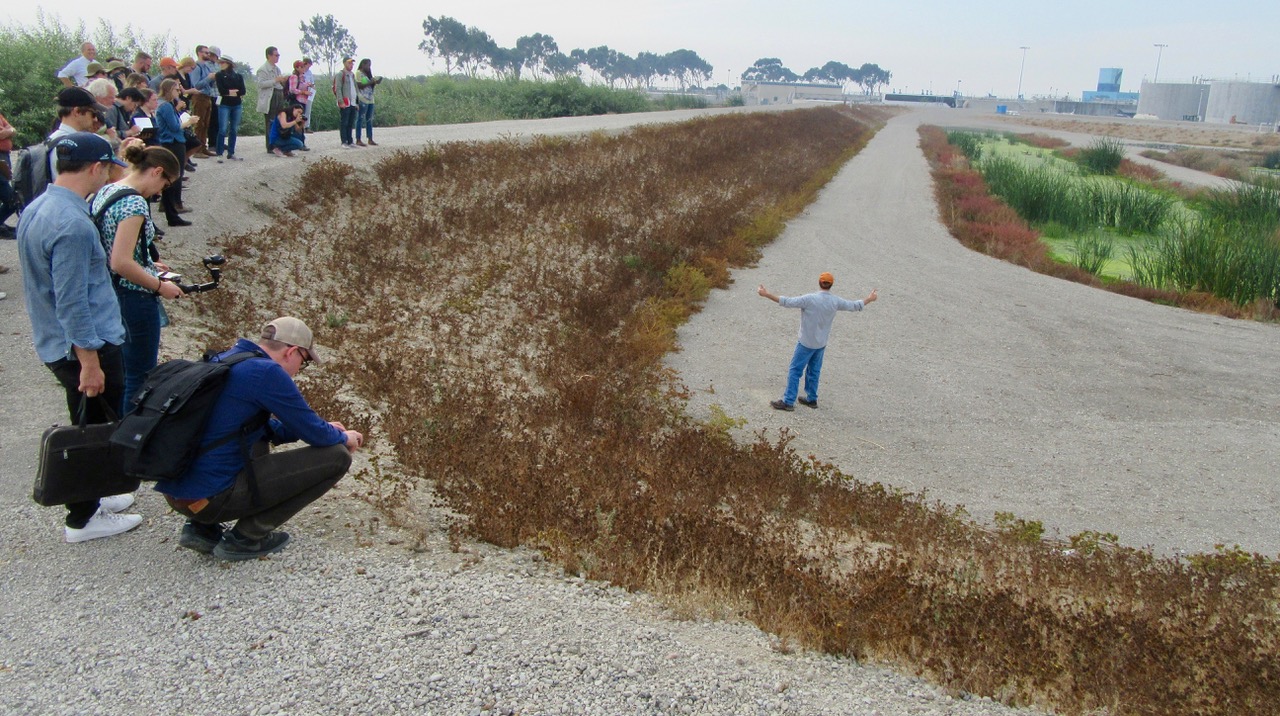
“Miraculous” isn’t a term that comes easily to the lips of scientists and engineers. But the word, along with a quickly quelled gulp of incredulity, cropped up more than once in interviews concerning the preliminary results of the horizontal levee experiment on the San Lorenzo shore – including off the charts levels of removal of nitrogen and pharmaceuticals from wastewater passed through the system and growth of willows, cattails, and wet meadows.
This pilot sea level rise adaptation project, led by the Oro Loma Sanitary District, combines precision engineering, native plants, irrigation via treated household wastewater, and a hump of bay mud, sand, and gravel. The idea is to test which ingredients –liquid, solid, vegetable –in what doses and combinations make the levee bulk up and leaf out fastest, and best “polish” (clean) the wastewater.
As the Bay Area confronts a rise in sea level projected to accelerate rapidly as early as 2040, those charged with protecting drowning shorelines are exploring new options for how to help increase their elevation in relation to the advancing tides naturally. This closely-watched experiment goes beyond sea walls and sediment lifts to harness the productive power of plants, which as they go through cycles of growth and decay lay down new layers of organic matter over soils – adding much-needed inches to shoreline elevations.
“I’ve been drinking the restoration Kool-aid long enough to have seen lots of failures, surprises, and unplanned outcomes,” says Save the Bay’s Jessie Olson, who oversaw the collection of four million native seeds and thousands of rhizomes (root clumps) from wet meadows and creek zones in the East Bay to green the pilot project. “But I was stunned by how quickly and densely the plants came in at Oro Loma.”

This was the first project where Save the Bay – an organization that has planted and restored a number of transition zones at the edge of marshes around the Bay in the last decade — used root clumps (rhizomes) rather than more grown-up container plants to jumpstart habitat development.
“It was a little intimidating at first, when all we had to show after putting 70,000 plants in the ground was a wet, bare, dirt slope,” says Olson. But one growing season and 12 months later, the site is sporting stands of 15-foot-high willows and carpets of lush wild rye, tarweed, and other meadow flora. This kind of growth usually takes two or more years in Olson’s experience.
One magic ingredient is water. In this case, treated wastewater from the Oro Loma Sanitary District was drizzled and percolated through 12 experimental cells on the levee slope, each with their own flow meter, valves, and perforated pipes, and each with a different mix of soil types, ranging from coarse sand to fine Bay mud. “It’s a very sophisticated watering system that allows us to test all kinds of different discharge rates,” says Environmental Science Associates’ Mark Lindley, lead engineer for the project. “We can cycle between dry and wet days, and saturated and drained soils, mimicking the natural conditions these plants might experience in the transition zone at the edge of Bay marshes.” Of particular interest to those monitoring the results are the spaces between soil particles, where a lot of the action is when it comes to bacterial processes breaking down nutrients from the wastewater and fueling vegetative growth.

Another magic ingredient is the diversity of species planted, with a particular emphasis on perennials that regenerate every year vegetatively via buds. Botanist and coastal ecologist Peter Baye chose each species in the mix to replicate the great range of conditions in a transitional zone where fresh water from local watersheds and aquifers would naturally seep into the back of bay salt marshes – if we hadn’t built so many levees, walls, and communities right up to their edge.
“Creeping perennials give us an edge,” says Baye. “They spread by creeping rhizomes and fill the soil space below ground and cover above ground, without the dicey seed and seed reproduction part of the life-cycle of many weeds.”
After the first major doses of treated wastewater to the levee slope, the “wetter” wetland species were more abundant than the seasonal wet meadow species, says Baye, but this may have been a byproduct of the kind of irrigation levels needed to carry out water quality experiments on the site. The wetter conditions did have an immediate benefit to the plants. “When we switched the experimental system to water-logged hydrology, the competitive balance of transplanted native perennials and invasive weeds began to shift in favor of natives,” he says.
Even the planting sequence and arrangement of the species on the slope was micro-managed. “We planted the perennials in random clusters to mimic how they would occur in a natural system rather than enforcing our own bias as to where plants should go. They all soon sorted themselves out and found their place on the slope,” says Save the Bay’s restoration manager Donna Ball.
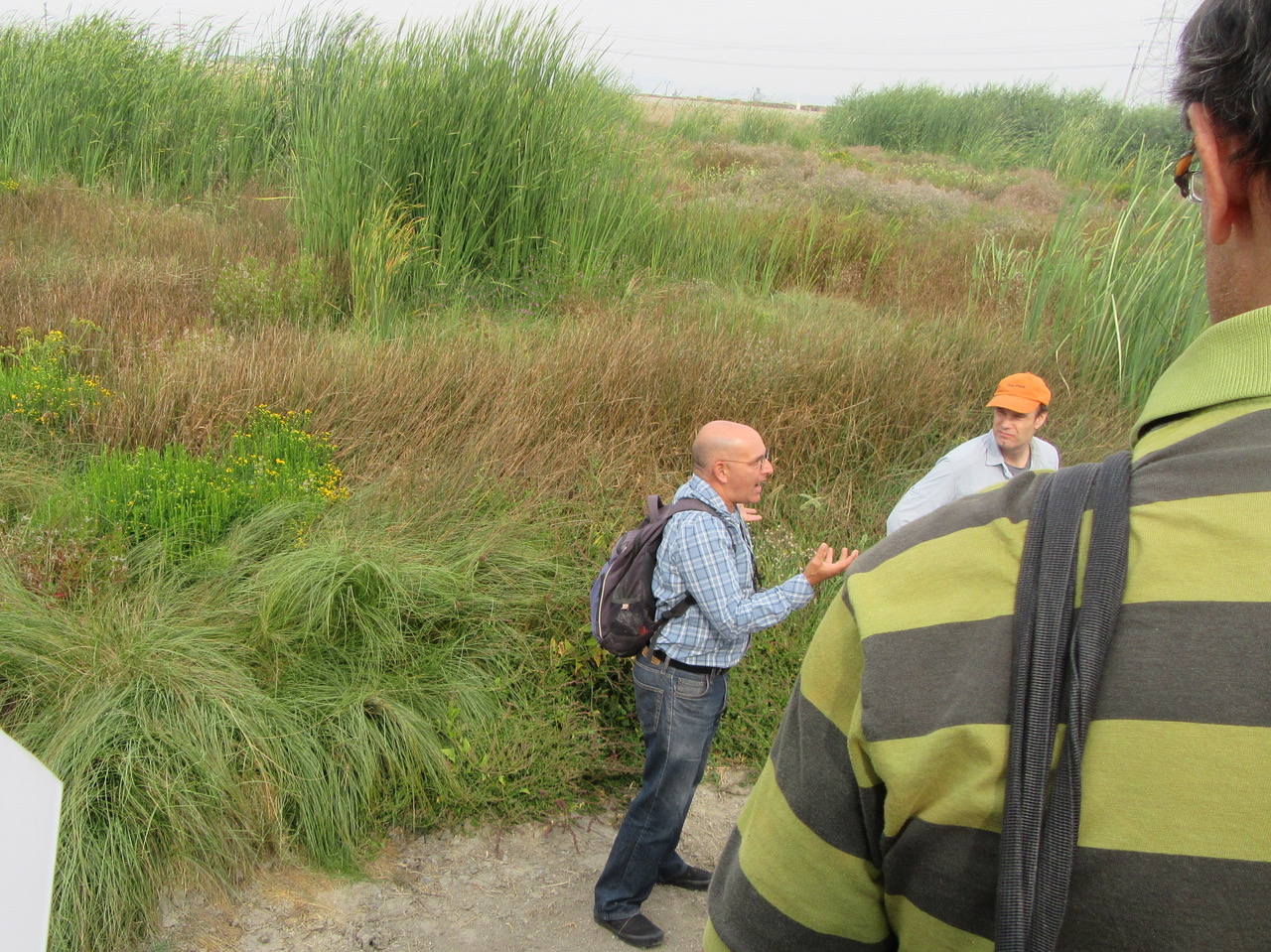
Some of the magic had to do with the intensity of the timeline too. The entire project had to be constructed within 15 months because of grant deadlines (the project was largely funded by the Oro Loma and Castro Valley Sanitary Districts and a Bay Area Proposition 84 Integrated Regional Water Management Grant from the California Department of Water Resources administered by the San Francisco Estuary Partnership).
The accelerated timeline prompted some innovative thinking by project partners. Lindley developed a way to speed up levee building on loose bay mud — which has a tendency to compress, settle, buckle, bubble, “heave,” and flow back into any excavation area—by moving heavier material around as a compression weight to “surcharge the subsurface.” Jason Warner, general manager of the sanitary district, shepherded multiple partners through design, permitting, construction and funding challenges with “phenomenal vision and leadership,” according to Ball. Olson substituted labor and time intensive container plants from Save the Bay nurseries with rhizomes which her volunteers planted in nursery beds right at the experiment site – getting 10 root clumps for every one collected and nurtured within months not years. “We took advantage of the way species would propagate in the field, but helped them along, giving them better soil and more consistent irrigation that they would have had under wild conditions,” she says.
But perhaps the most extraordinary early result is coming from an examination of the quality of the treated wastewater that passes through the levee and all its elaborate hardware, soil zones, and root systems. Researcher Angela Perantoni is one of a team intensely monitoring exactly what gets put into pipes at the top of the experimental levee and what comes out at the bottom, or what engineers call the “toe” of the slope. “A lot of constructed wetlands designed to polish wastewater are monocultures made up of pea-sized gravel and common reeds,” says Perantoni. “This project took the time to create a more diverse, native situation.”
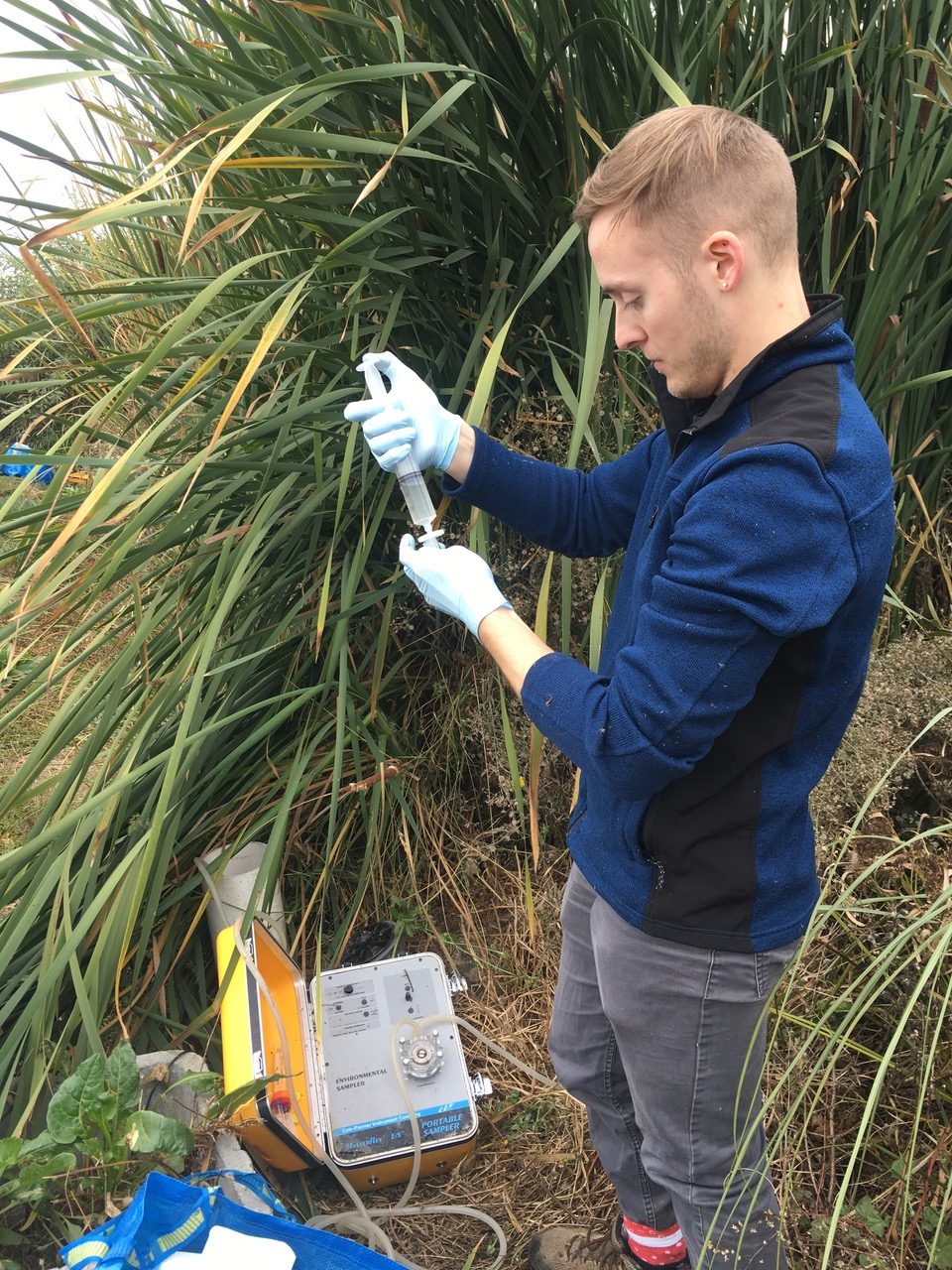
Perantoni is measuring levels of pharmaceuticals (anti-viral, anti-bacterial, anti-epiletic drugs and beta-blockers) as part of a UC Berkeley team led by David Sedlak. Another graduate student, Aidan Cecchetti, is following what happens to nutrients (nitrogen, ammonium, phosphate) – a new priority for water quality regulators. The team is also tracking organic carbon (TOC) – a key indicator of biological breakdown in the formation of peat soils. All of these constituents are of pressing concern for those discharging to the Bay and modernizing wastewater treatment systems to address water quality, conservation, and recycling priorities while keeping sea level rise adaptation in mind.
“It’s early to say yet, but the results are excellent,” says Perantoni. “We expected the levee system to work well for nitrate, but we didn’t expect it to remove recalcitrant trace pharmaceuticals so well. Cecchetti’s results for nitrate removal were far better than conventional blackwater polishing systems, removing more than 95% with one caveat: “Water has to be moving through the subsurface, where it stays longer than on the surface, for the best removal results,” according to Perantoni.
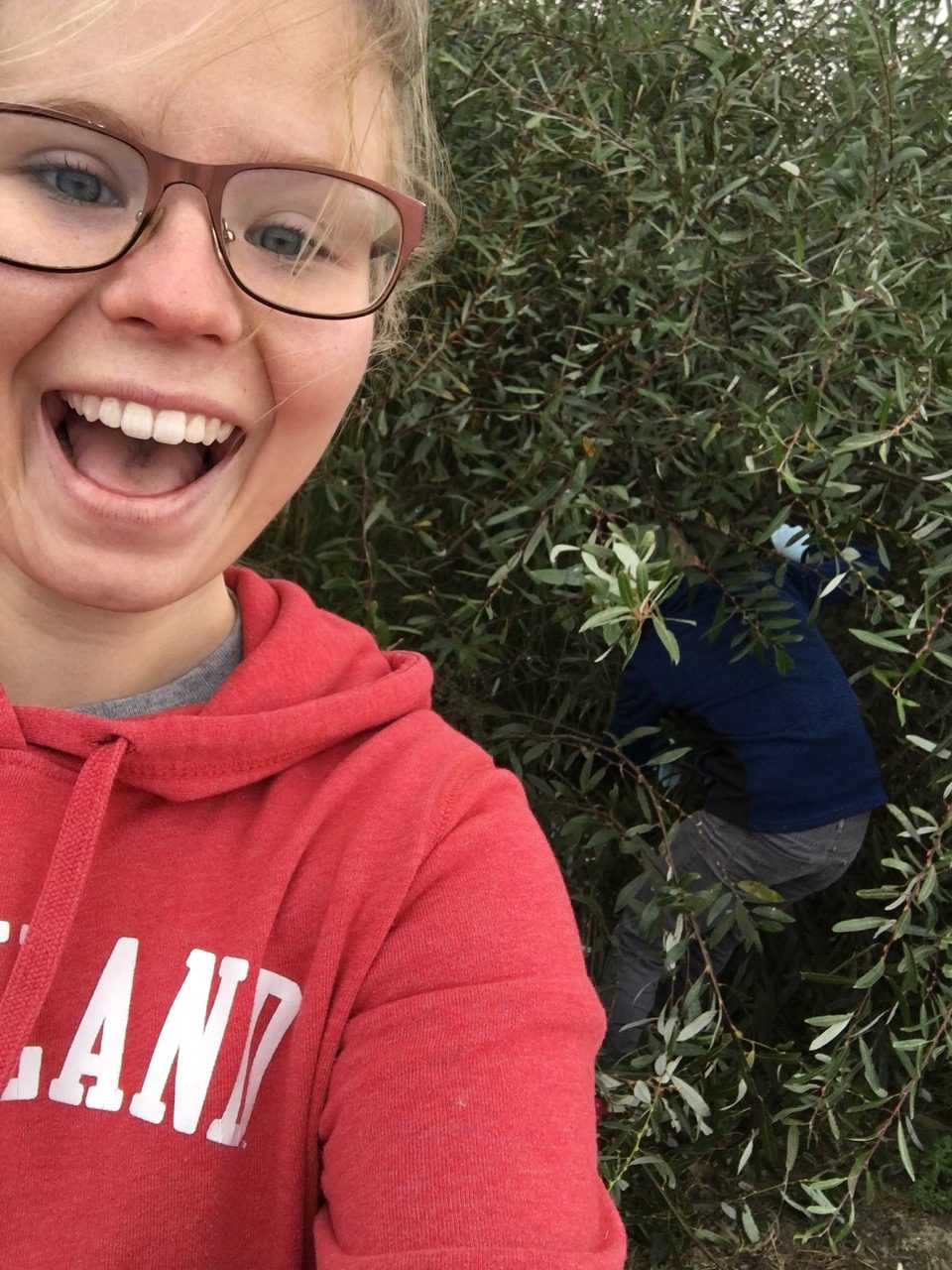
The hydraulics are also of keen interest to the sanitary district’s Jason Warner, but more in terms of how much water could efficiently pass through such systems in the long term. Currently 70,000 gallons per day are passing through the experimental levee to spur plant growth, but the district processes 12 million gallons per day.
Based on the current results, Warner isn’t sure East Bay dischargers could run enough treated wastewater through such systems if scaled up along the 17 miles of shoreline where they operate a system of transport pipes to deliver the treated wastewater to deep water in San Francisco Bay. Given the observed hydraulic capacity, it may be too difficult to push all of the effluent out across the available shoreline. “It might be a better fit for urban drool or brine reject,” he says.
‘Urban drool’ refers to summer runoff from lawn watering and car washing, and “brine reject” to what’s leftover after reverse osmosis, a treatment technology critical to future water recycling options. The brine byproduct may be too concentrated for Bay discharge (about 3,000 ppm) without further treatment. The plant species in the horizontal levee, however, are adapted to big swings in salinity and could provide brine treatment before release into the environment. Indeed, Warner has offered his project as an “open laboratory” to the City of San Jose and Santa Clara Valley Water District, both of whom are considering more investment in reverse osmosis projects.
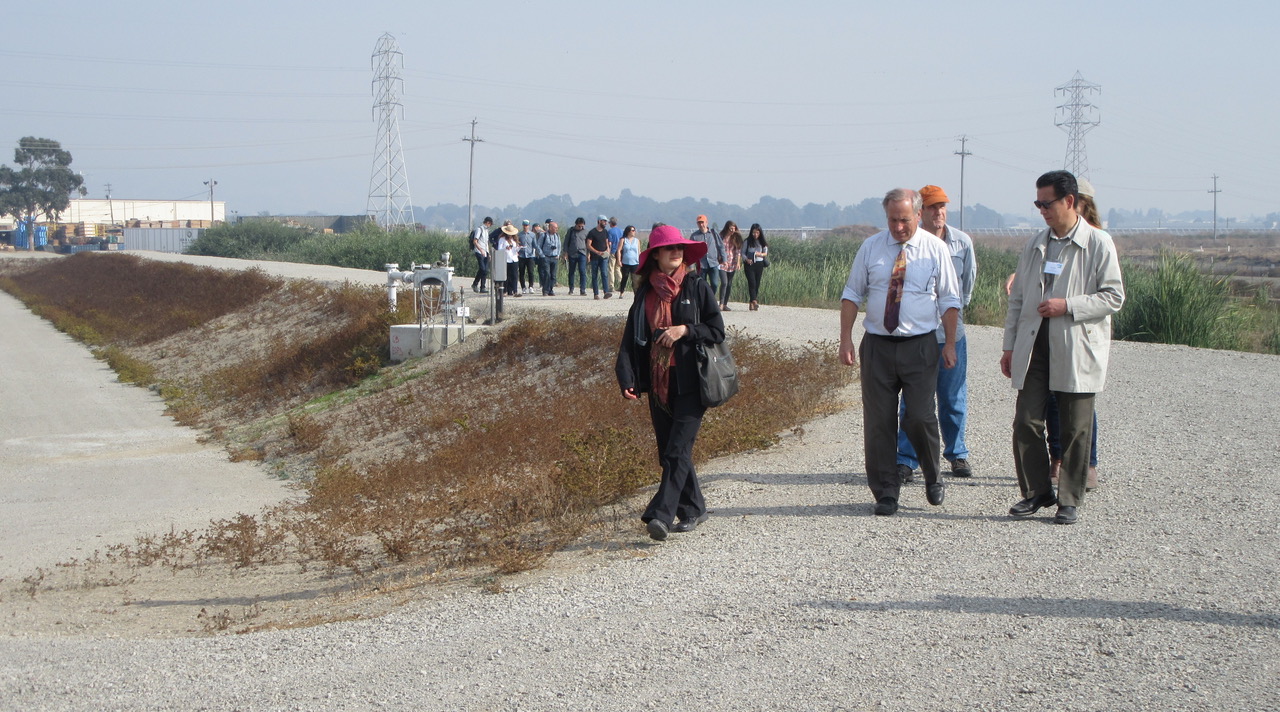
In the meantime, levee engineers remain optimistic that design parameters could be tweaked to pump more water through such systems –whether it’s salty, oily, or tainted with traces of human consumption. Though these preliminary results are just beginning to be tested under colder, wetter, more wintry conditions, planners and engineers are already thinking about bigger, longer versions of the horizontal levee in Palo Alto, Richmond, Novato, and Hayward. Each of these new levees might, however, have a different emphasis than the one at Oro Loma in terms of habitat or flood control or water quality.
Scaling up often involves a consideration of costs. According to Olson, the on-site, “passive” plant propagation method she used at Oro Loma eliminated a lot of collecting, growing and delivery steps. With container plants from off-site Save the Bay nurseries retailing to restoration sites at $4-8 each, the 70,000 needed for Oro Loma could have cost upwards of $400,000. Planting from containers would also have been more labor intensive than the approach she used at Oro Loma. “Instead of digging big holes with gas powered augers, we were poking little holes and spreading little roots across the slope. There were a lot fewer steps to meet a much bigger restoration goal, which makes us think we can scale this up for other sites and remain cost effective,” she says.

While the plant sourcing process may have been simplified, the hydraulics of delivering treated wastewater to the slope were not, says Lindley. “It will be hard to maintain water pressure and good control over delivery to levee slopes over larger areas,” he says, but remains hopeful we can address that challenge with good planning and adaptive management. “Trying to figure out how much water we could sensibly deliver to the back sides of the Bay’s salt marshes to speed growth of transition zones will depend on how much we recycle or use for landscaping or industrial processes. If Oro Loma’s results continue to be positive, it will lead to an interesting pros and cons debate over the highest and best use of wastewater.”
Another question will be whether regulatory hurdles to experimental projects like this can be overcome. “Based on the current regulations, they can’t treat us any differently than a developer who wants to construct a Walmart at the edge of the Bay,” says Warner. The district had to spend a million before it even knew it could get a permit, he says, as well as construct new wetlands to replace old degraded ones and build an expensive berm around the entire project to preclude any leaks.
Modernizing the planning and regulatory context for resilience projects is an emerging regional priority. Indeed creating new pathways for building multi-benefit natural infrastructure projects is an action item regional partners have already agreed was needed in the 2016 Estuary Blueprint. Progress in this endeavor includes regulatory analysis and guidance under the Flood 2.0 project, and continued public-private collaboration around projects like Oro Loma.
“I’m proud to live in an area where a sanitary district goes out on a limb to do a complex [climate change adaptation] project,” says Olson.
“The results emphasize the power of natural treatment systems, and natural systems in general,” says Perantoni. “We have a tendency as engineers to just build something, a grey solution, but sometimes the best solutions are green.” ARO
Oro Loma Horizontal Levee Project
Flood 2.0 Regulatory Analysis & Guidance
New Mapping Methodology for Transition Zones (SFEI, SFEP, SFBJV)
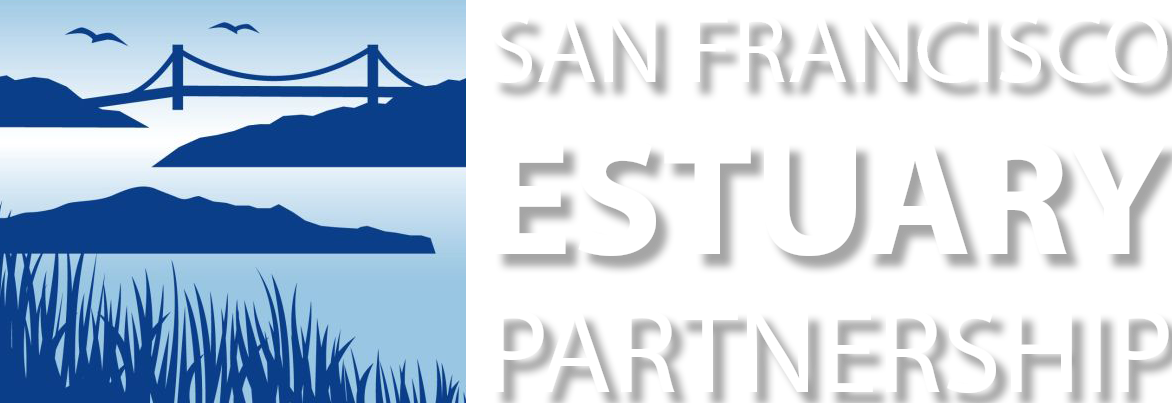


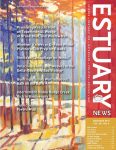
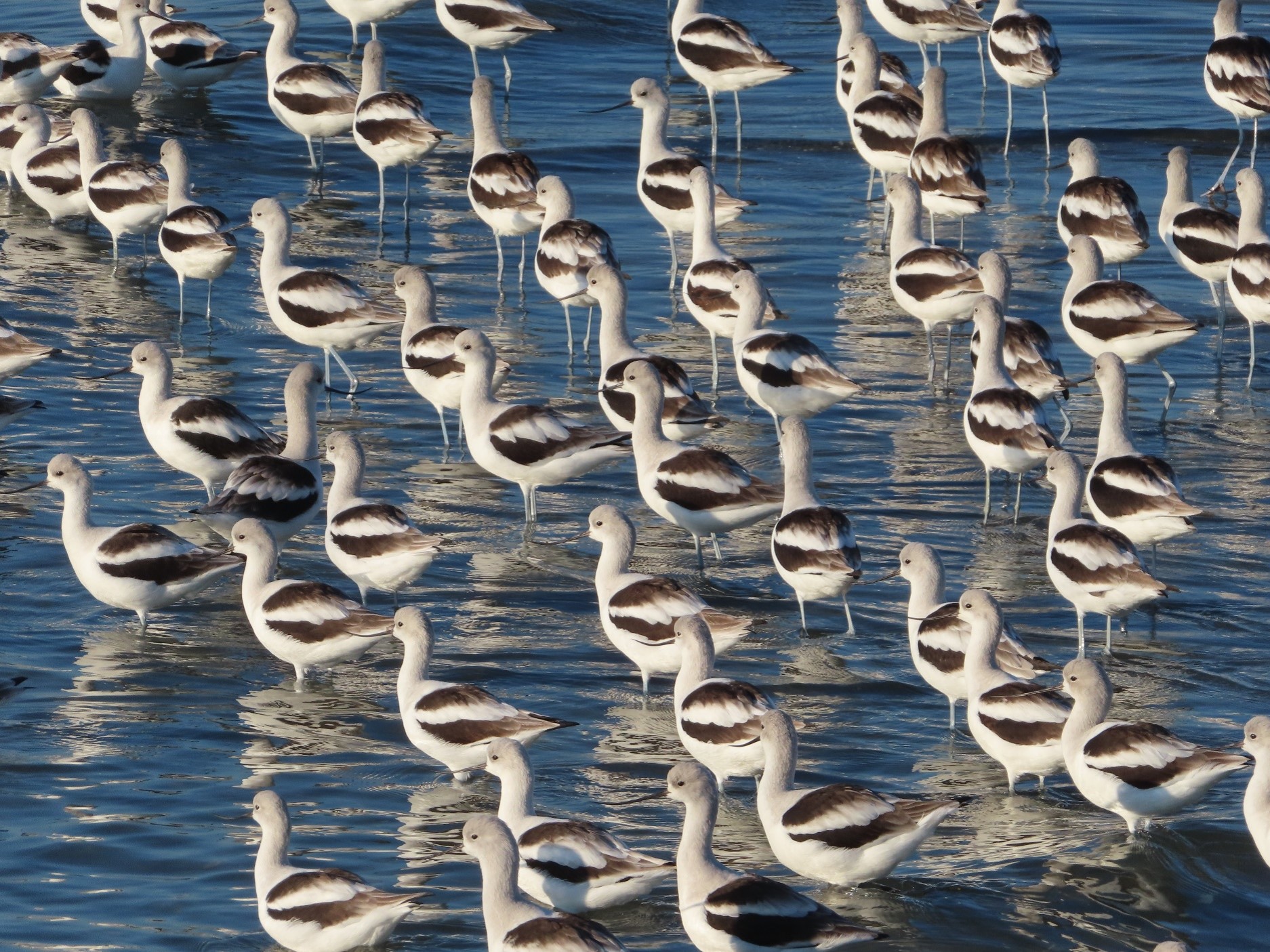



 The results are alarming for our state’s future: an estimated four to five feet of sea level rise and loss of one to two-thirds of Southern California beaches by 2100, a 50 percent increase in wildfires over 25,000 acres, stronger and longer heat waves, and infrastructure like airports, wastewater treatment plants, rail and roadways increasingly likely to suffer flooding.
The results are alarming for our state’s future: an estimated four to five feet of sea level rise and loss of one to two-thirds of Southern California beaches by 2100, a 50 percent increase in wildfires over 25,000 acres, stronger and longer heat waves, and infrastructure like airports, wastewater treatment plants, rail and roadways increasingly likely to suffer flooding.